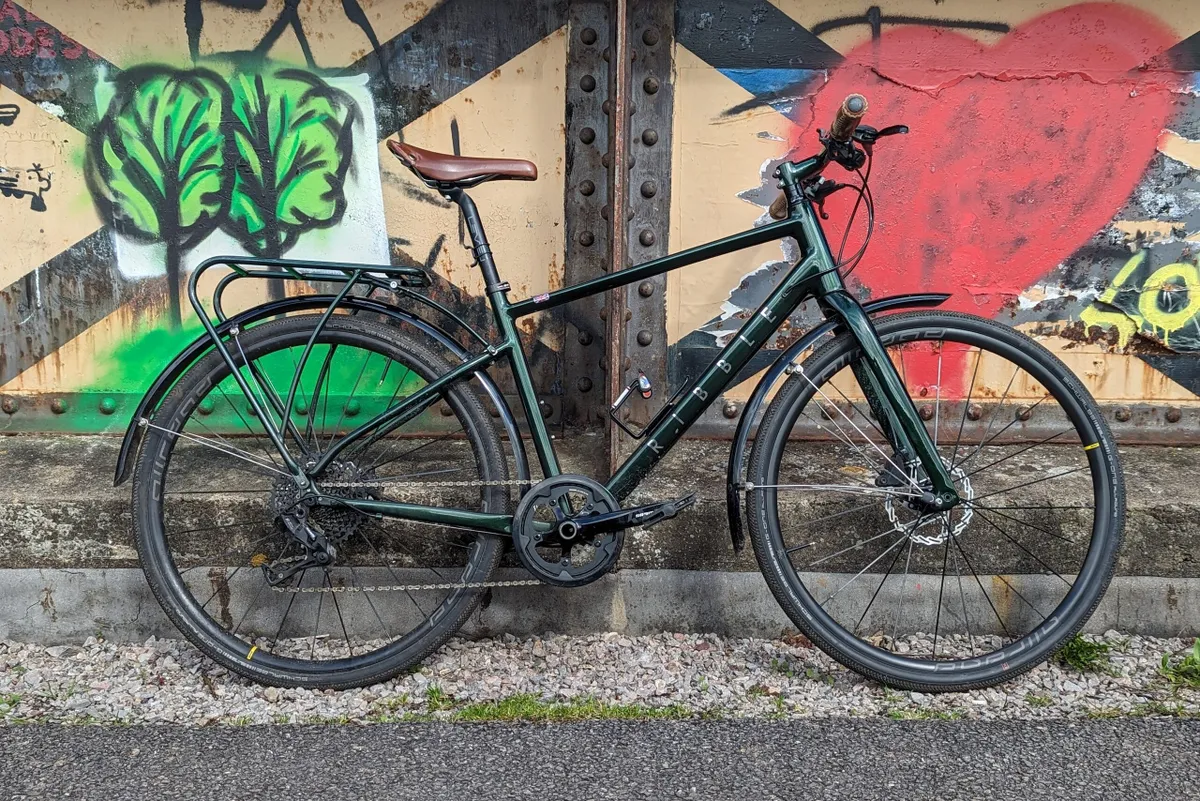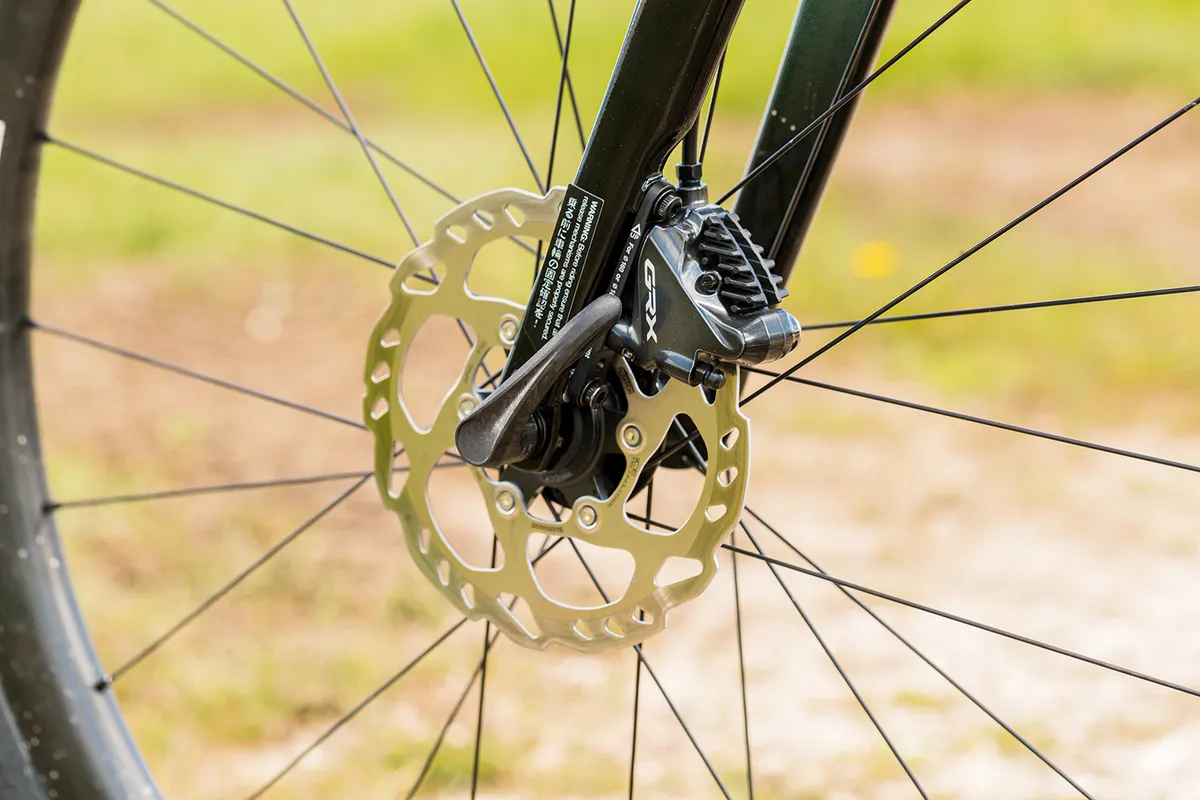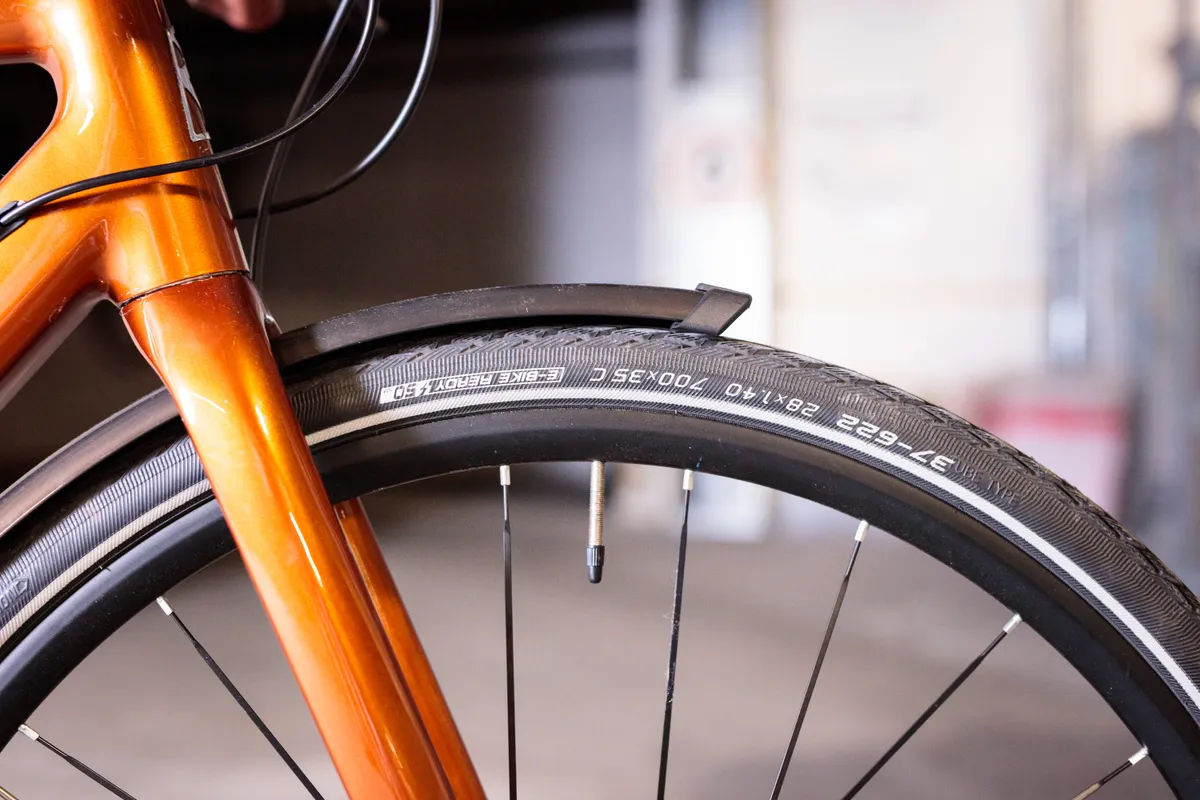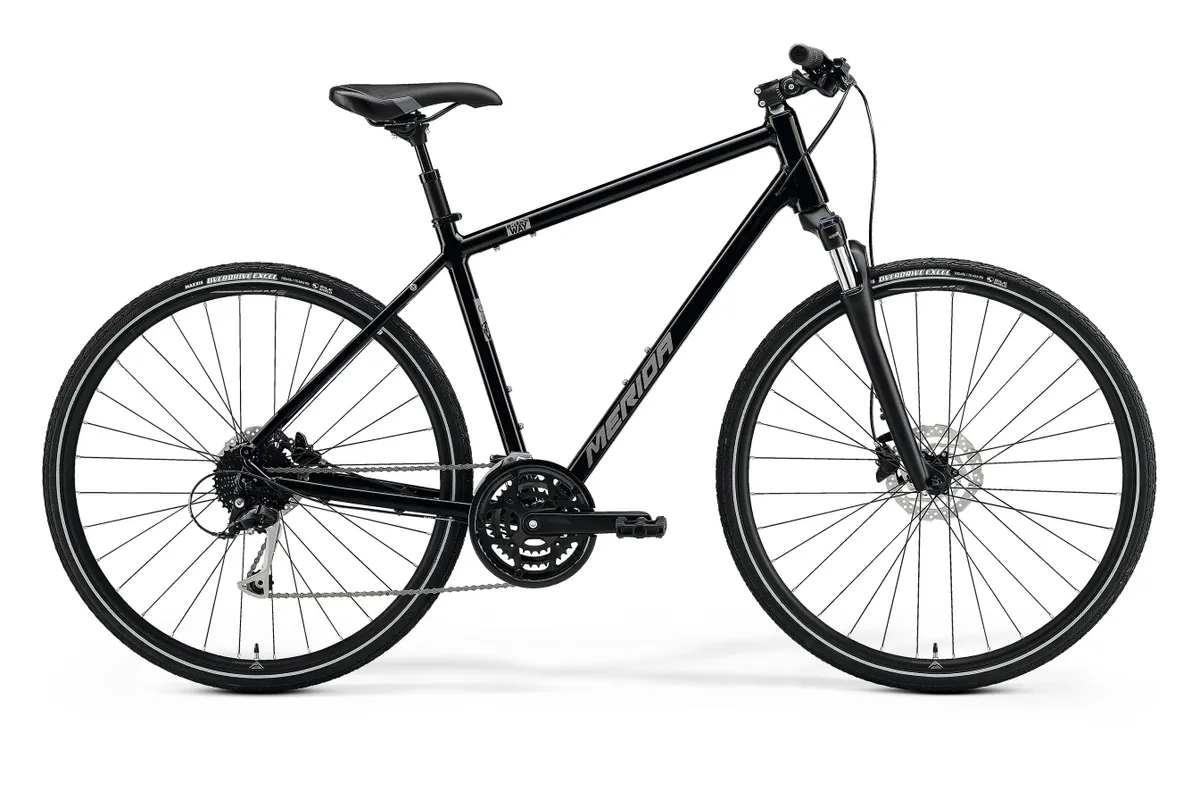Both hybrid bikes and gravel bikes sit somewhere between a road bike and a mountain bike, and are designed to offer a versatile and comfortable ride over mixed terrain.
So just what are the differences between a gravel bike and a hybrid bike (or fitness bikes, as they’re also known)? And where do flat-bar gravel bikes fit into all of this?
In this guide, we’ll take you through what distinguishes these bike categories to help you decide which might be best for you.
Gravel bike vs hybrid: what's the difference?
| Gravel | Hybrid | |
|---|---|---|
| Purpose | Gravel riding and bikepacking | Commuting, touring and leisure riding |
| Handlebar | Drop-bar | Flat |
| Price point | Typically ranging between £500 / $600 and £5,000 / $6,000 | Typically ranging between £250 / $300 and £3,000 / $4,000 |
| Accessories | Racks and mudguards | Racks and mudguards |
| Gearing | Typically wide ranging with a 1x drivetrain, sometimes electronic | Simple gearing for reduced complexity, cost and maintenance demands |
| Brakes | Disc brakes | Disc brakes, V-brakes, Cantilever brakes |
Purpose

Generally speaking, gravel bikes and hybrid bikes have been designed for different purposes, although admittedly there is a great deal of overlap in some areas.
Hybrid bikes are designed for a range of uses, from commuting to leisure riding, and have utilitarian features to make them suited to carrying luggage, and tackling a range of surface types and weathers.
The best gravel bikes are designed with capability over mixed terrain as a priority, with builds suited to leisure riding, multi-day bikepacking or even the emerging competitive discipline of gravel racing.
Drop-bar vs flat-bar

The major difference between most gravel bikes and hybrid bikes is the cockpit. While gravel bikes tend to feature drop bars like road bikes, hybrids all use straight bars (also known as flat bars), as you find on mountain bikes.
Many younger riders and cycling novices favour a flat bar, because it offers a more upright position and simpler handling of the brakes and gears.
Drop bars can offer more varied hand positions, which can be more comfortable for longer rides and races, as well as a more aerodynamic position, which is important when it comes to upping your speed.
Gravel bike handlebars often feature a degree of flare, from subtle to extreme, which can be more confidence-inspiring and stable on techy descents.
Although most gravel bikes use drop bars, there are a few (typically budget) models that are fitted with flat bars, more like a hybrid. Conversions from drop-bar to flat-bar gravel bikes are also fairly common. Most of this comes down to personal preference.
Price point
Typically, hybrid bikes range from budget to mid-level prices, starting at a few hundred pounds and ranging to several thousand pounds in the UK for the most highly specced models. To keep costs down, most hybrids are made from an aluminium alloy.
While you can pick up a cheap gravel bike for less than £1,000, they range all the way into five-figure sums, depending on which materials and components are used. The best gravel race bikes, constructed from carbon fibre, and paired with lightweight components, electronic groupsets and carbon wheelsets, can reach eye-watering prices.
Racks and mudguards

Although many gravel bikes feature bosses for mounting racks and mudguards, very few – if any – will be supplied with these fitted. A hybrid designed as a commuter bike is much more likely to come complete with mudguards and a pannier rack.
Gearing

Hybrids often feature simple gearing systems to reduce complexity, maintenance demands and cost.
While there's been a shift towards 1X drivetrains on hybrid bikes, it's still common to find double- or even triple-chainring groupsets on budget options.
Gravel riding demands a greater range of gearing, enabling you to tackle steeper inclines and looser surfaces.

For better chain retention on bumpy terrain, many gravel bike groupsets use 1X drivetrains, although some still offer double-chainring options for added gear range when touring or bikepacking.
1X mullet drivetrains, which see the use of both MTB and road bike componentry to achieve a greater range of gears, are becoming more popular.
This has been helped by the wide adoption of electronic groupsets such as SRAM's AXS ecosystem, enabling road-bike shifters to be paired with MTB derailleurs.
These often come with a heftier price tag, because gravel-specific groupsets are a much more recent development.
Brakes

Most hybrids and gravel bikes have disc brakes, providing more powerful and dependable braking through all conditions compared to their rim-brake predecessors.
Cheaper hybrids and gravel bikes are often built using cable-operated disc brakes. Although these may be a little easier to maintain and service, they don’t offer the same level of performance as hydraulic disc brakes.
Some cheaper gravel bikes will be fitted with cantilever rim brakes, most commonly V-brakes.
Wheels and tyres

Both gravel bikes and hybrid bikes can be fitted with a range of tyre sizes. These are typically wider than road bike tyres, but not quite as wide as modern mountain bike tyres.
Hybrids are often fitted with tyres that have extra puncture protection and are more durable to cope with the rigours of city commuting. These can often be heavier and less performance-orientated than gravel-specific tyres.
Check out our guide to the best gravel tyres to see just how many different treads, sizes and construction options there are on offer.
Suspension

Although there’s a recent trend towards short-travel gravel-bike suspension, most gravel bikes are built with rigid frames.
Some hybrids will use a short-travel suspension fork, although at the budget end of the hybrid market, these are best avoided: they're more likely to be very heavy and not as effective as a high-end suspension fork.
As your budget increases, the quality of these forks improves, so could make for a good option if comfort over broken roads or light off-road riding is a priority for you.
Flat-bar or drop-bar for gravel riding?

Just like any component or gravel bike setup choice, there are pros and cons with either flat-bar or drop-bar configurations for gravel riding.
A drop-bar build will give you more hand-position options (on the hoods, on the tops and in the drops) than a flat-bar build, so can be more comfortable for longer rides, where you can switch up your riding position regularly to relieve any discomfort.
To get around this, you could always add ergonomic grips with bar ends to a flat-bar build, which are especially popular for tourers.

While a proficient road rider might be more comfortable on a drop-bar bike, many riders, including novices, prefer the simplicity and stability of a flat-bar setup.
If you’re planning on packing up everything you need to be self-sufficient and taking to the road, you’ll find you generally have more space for a bar bag using a flat-bar setup, because you’re not limited to the space between the drops and shifters.
Riding off-road over steeper, more technical terrain, most people prefer a flat-bar setup, because this puts you in a better position to move the bike underneath you to cope with the rougher stuff.
For even more capability, consider a hardtail mountain bike.



